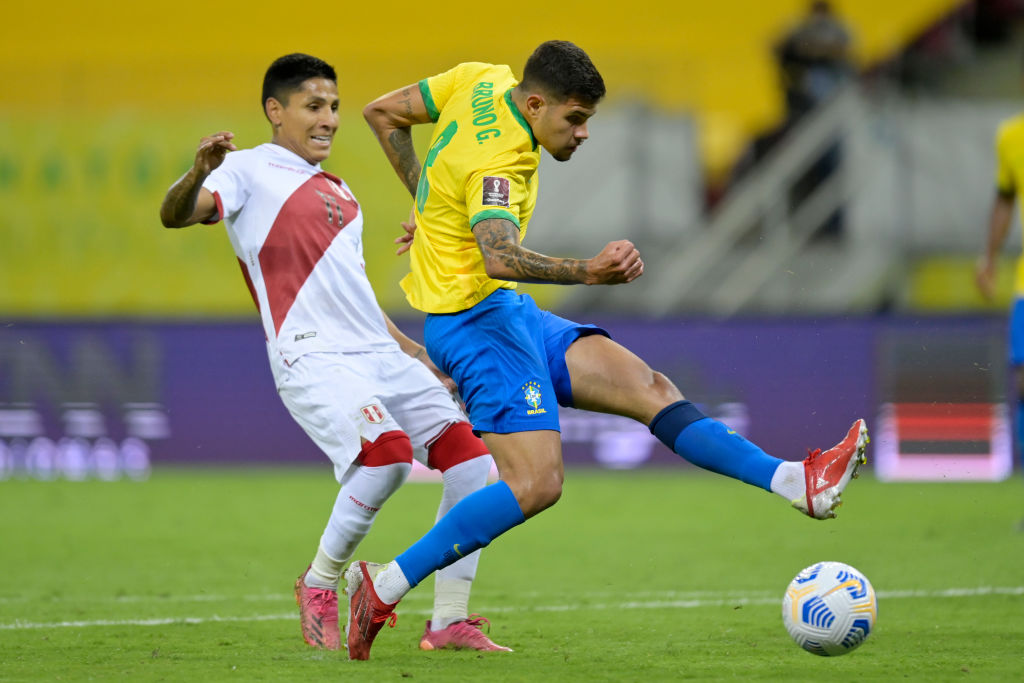Five trends that defined the January transfer window

Blockbusting deals did not materialise and most of the big clubs kept their hands in their pockets but the Premier League still managed to register a record-breaking January transfer window.
While last year’s winter transfer window was one of austerity as teams absorbed the financial impact of Covid-19, this time enough of them threw caution to the wind to surpass pre-pandemic levels of spending.
The Premier League’s net outlay of £180m was the highest seen since the January transfer window came into effect in 2003, according to analysis by Deloitte.
The gross spend of £295m, meanwhile, was the second highest on record and exceeded the five-year average of £245m for the 2016-20 winter windows.
Newcastle drive Premier League spending
Not unexpectedly, Newcastle United were the biggest spenders in the Premier League as mega-rich new owners and the threat of relegation proved a potent cocktail.
The club, which was taken over by Saudi Arabia’s Public Investment Fund in October, invested more than £90m in bolstered their squad for the looming battle to avoid demotion.
Brazil midfielder Bruno Guimaraes was Newcastle’s costliest acquisition, costing around £40m from French club Lyon.
The Magpies also spent around £50m on striker Chris Wood from fellow strugglers Burnley, England full-back Kieran Trippier from Atletico Madrid and defender Dan Burn from Brighton.
They might have dented PIF’s reserves even more had a £25m bid to sign young French forward Hugo Ekitike and a loan deal for Manchester United’s Jesse Lingard not faltered.

Big clubs mostly keep their powder dry
In what may be an admission that the Premier League title race is run, only one of the division’s top three – Liverpool – strengthened their playing pool in the January transfer window.
The Reds’ £40m signing of Luis Diaz from Porto, however, may have been brought forward by rival interest from Tottenham Hotspur.
While champions and runaway leaders Manchester City struck a deal worth around £15m for Argentina striker Julian Alvarez, they have allowed him to stay at River Plate on loan for the time being.
Of the clutch of teams chasing fourth place, meanwhile, only Tottenham did significant business, signing £17m midfielder Rodrigo Bentancur and wide forward Dejan Kulusevski, the latter on loan, from Juventus.
The rest of the Premier League’s spending mostly came from Everton, who like Newcastle are in danger of relegation, and ambitious Aston Villa.
Arsenal, Tottenham and United offload stars
Offloading unwanted senior players was a bigger priority than buying new ones for some Premier League teams, and no clubs more than Arsenal.
The Gunners shed five first-teamers, including former captain and highest earner Pierre-Emerick Aubameyang, on free transfers or loans in the January window.
It could mean an eight-figure saving on salaries between now and the end of the campaign but is a gamble, leaving a team in a tight battle for the last Champions League place with just 18 senior outfield players.
Top-four rivals Spurs and United also shipped out several high earners, including Dele Alli, Tanguy Ndombele, Anthony Martial and Donny van de Beek.
Spending also up in Europe and EFL
Europe’s other leading football leagues also loosened their pursestrings, with spending up from last January in the top divisions of each of Spain, Italy, France and Germany.
Spain and Italy saw the biggest jumps, with gross spend more than trebling, while in France and Germany the uplift was 20-25 per cent.
Collectively, the €380m outlay was a shade over double that of January 2021 yet still some way short of the pre-Covid €660m 12 months earlier.
It was a similar story in England outside the Premier League. Gross spend among the 72 EFL clubs hit £20m, up from £5m but well below January 2020’s £35m.
